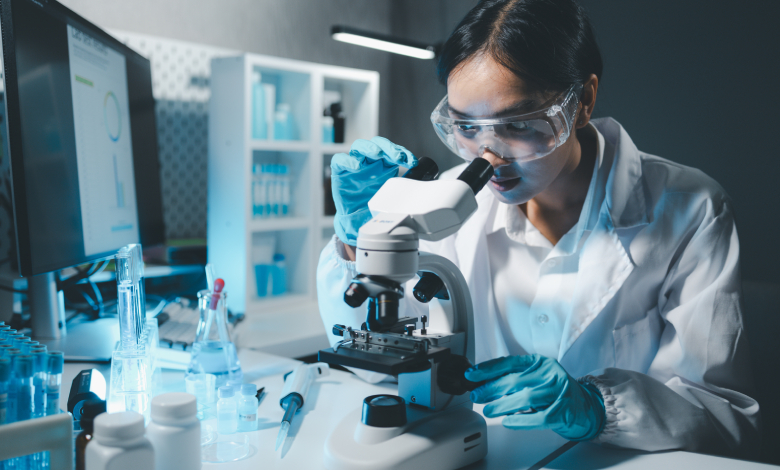
4 Safety Strategies for Medical Researchers
As a medical researcher, you know that working with hazardous materials and biohazards is often part of the job. However, ensuring your safety and that of your colleagues is paramount. Follow these four safety strategies for medical researchers to protect lab workers and ensure reliable lab results.
Wear Personal Protective Equipment
An essential component of lab safety is wearing personal protective equipment (PPE). Lab workers should wear lab coats, gloves, safety goggles, and other forms of PPE to help shield themselves from potential exposure to harmful substances or biohazards. Wearing appropriate PPE not only serves as a barrier against various hazards but also instills a sense of professionalism and responsibility in researchers.
Follow Laboratory Safety Protocols
Another crucial safety strategy for medical researchers revolves around adhering to all laboratory safety protocols and guidelines. These rules exist to minimize risks and ensure proper handling of samples and equipment.
Safety protocols often include procedures for handling and disposing of hazardous waste, guidelines for the use of laboratory equipment, and steps to follow in case of an emergency. For instance, a typical protocol might include instructions on how to store chemicals properly, use lab equipment, or what to do if a fire breaks out.
Clean, Sterilize, and Organize
A disorganized workspace can quickly become a hazardous one. Therefore, medical researchers must maintain clean and organized workspaces to lessen the chances of accidents caused by clutter or spills. Regularly disinfect work surfaces, properly dispose of waste materials, and ensure that lab equipment is stored and labeled accurately.
While cleaning involves removing dirt, impurities, and microorganisms from the surface of an object, sterilization kills or removes all forms of life and other biological agents. Ensuring worker safety is one of many reasons why precise sterilization is important in research labs.
Participate in Regular Safety Training
As with any field, staying updated on the latest practices and regulations is a key safety strategy for lab professionals. Medical researchers should actively participate in regular safety training and refresher courses. This will help them learn about any changes in guidelines and acquire new skills to handle evolving safety challenges.
Lab workers should generally participate in safety training courses at least annually, if not more frequently. Moreover, refresher training sessions should follow the introduction of new equipment or procedures in the lab. Regular training helps identify any gaps in safety measures, allowing for the timely implementation of corrective actions.
Safety in a medical research environment is non-negotiable. By wearing personal protective equipment, abiding by safety protocols, maintaining clean and organized workspaces, and participating in regular safety training, researchers can safeguard their well-being and contribute to a productive and efficient lab environment.




